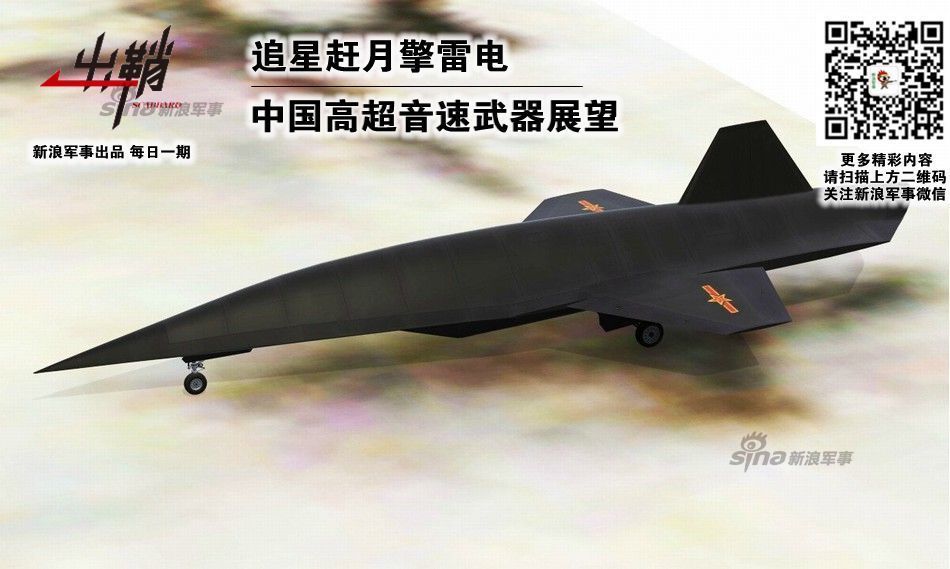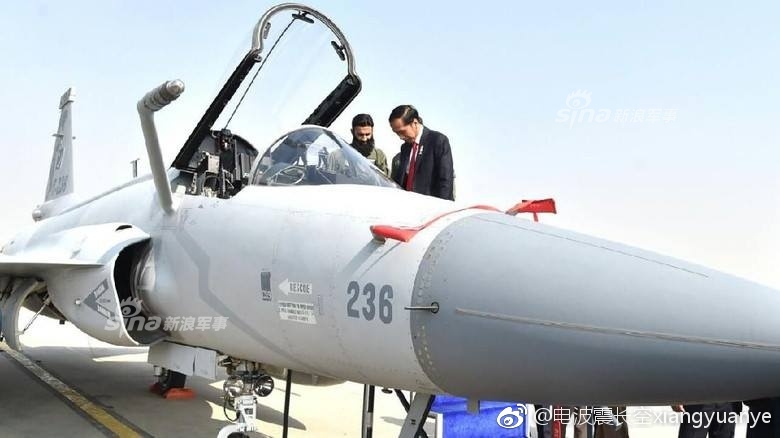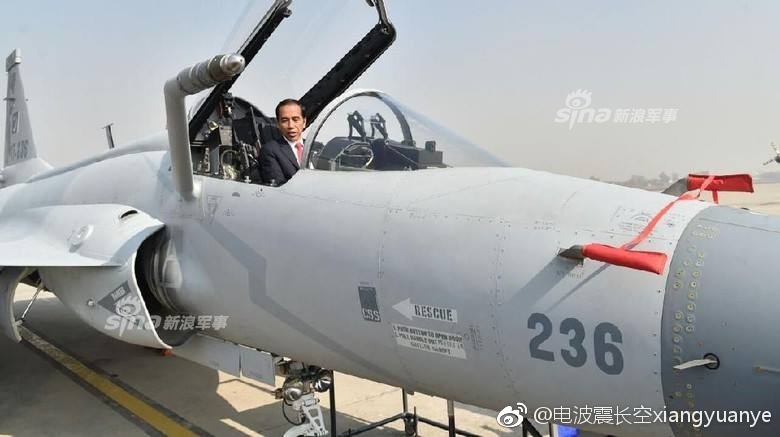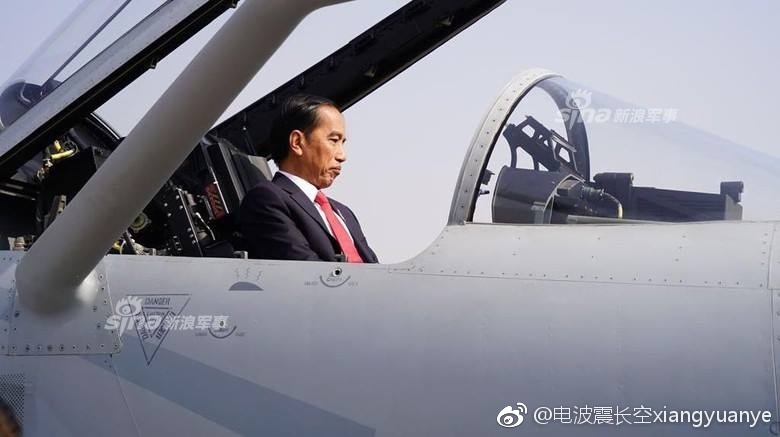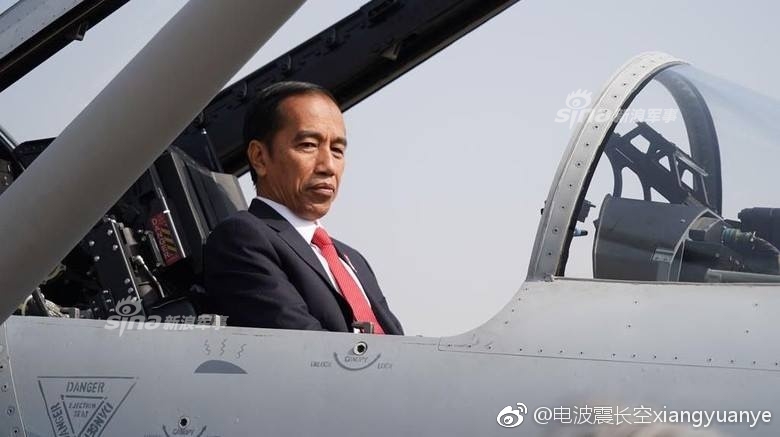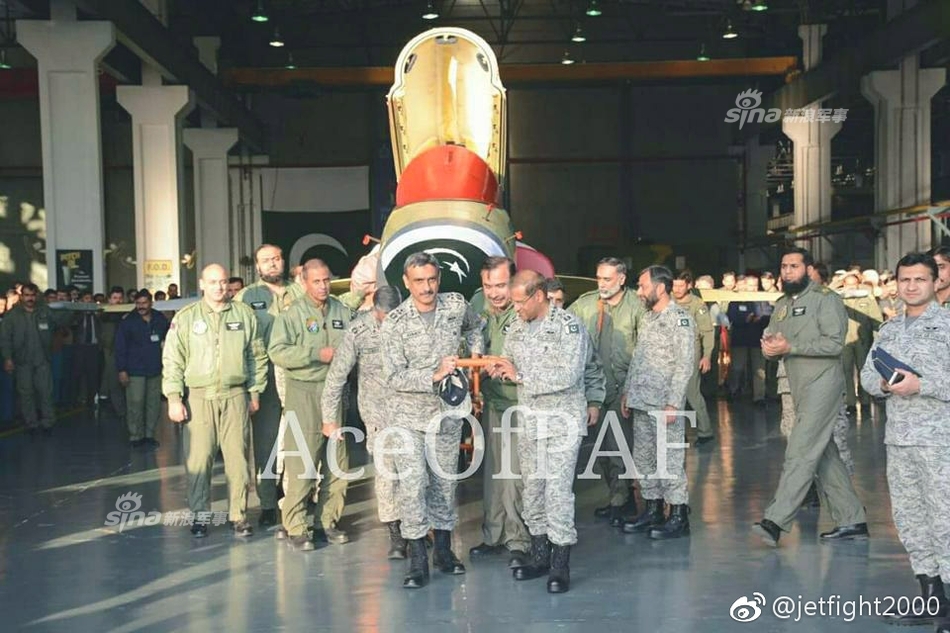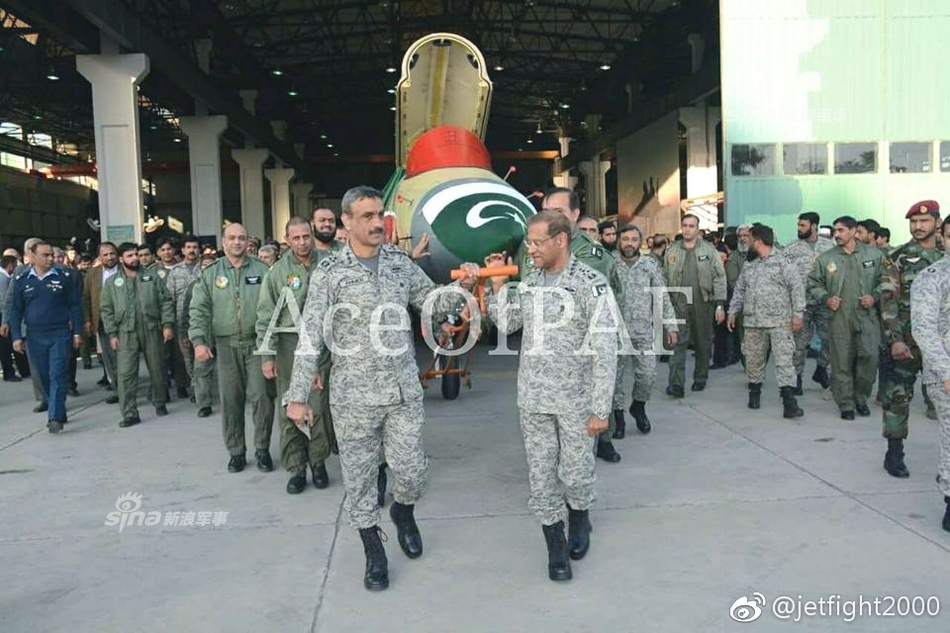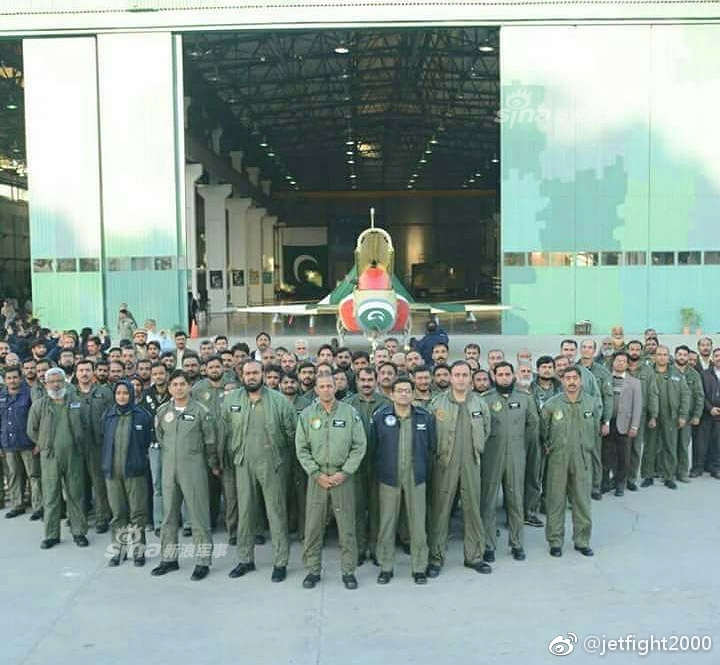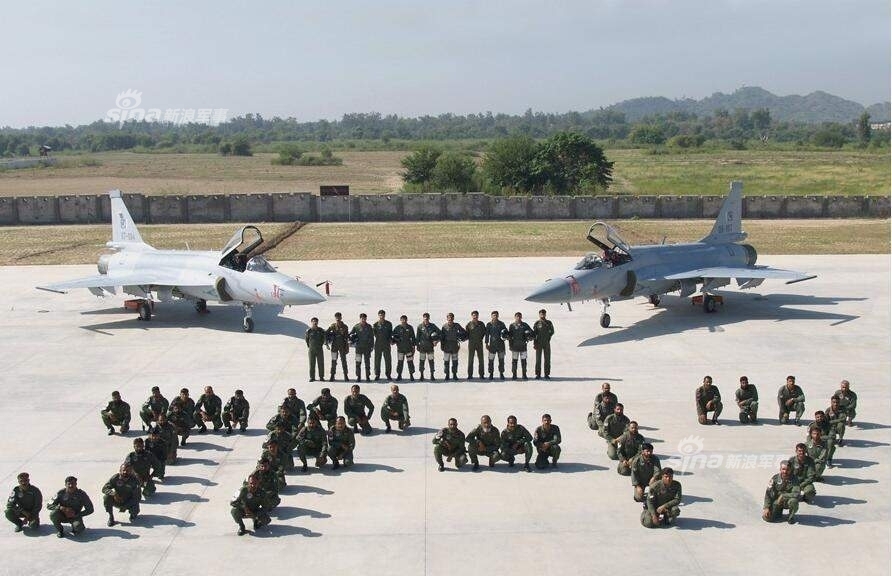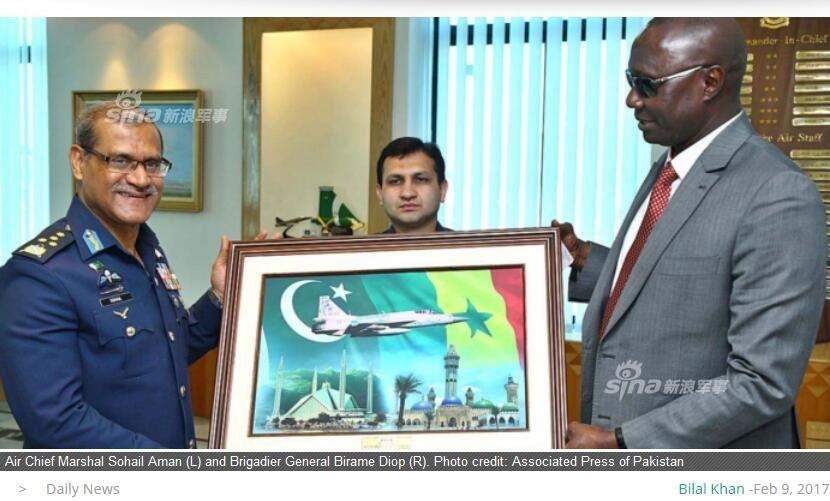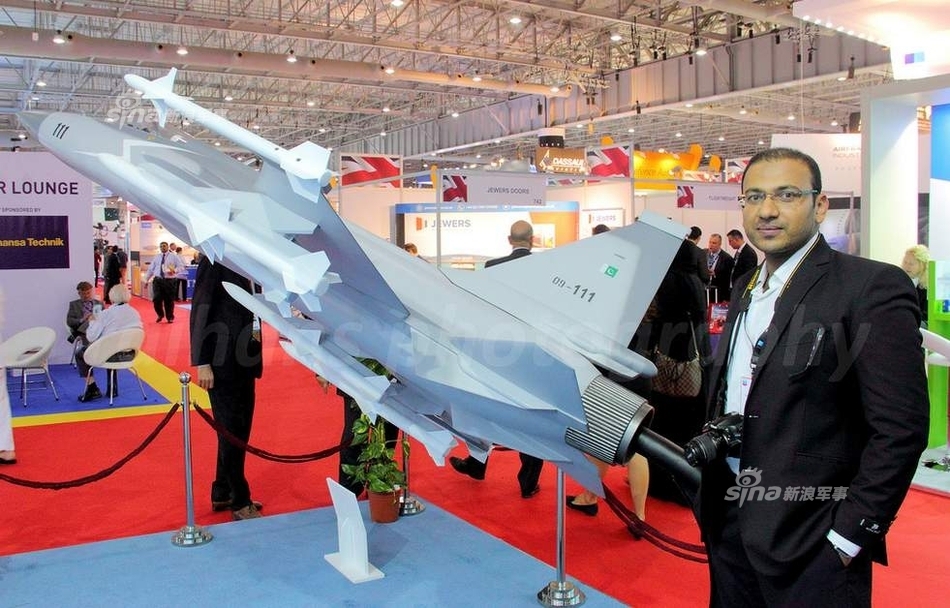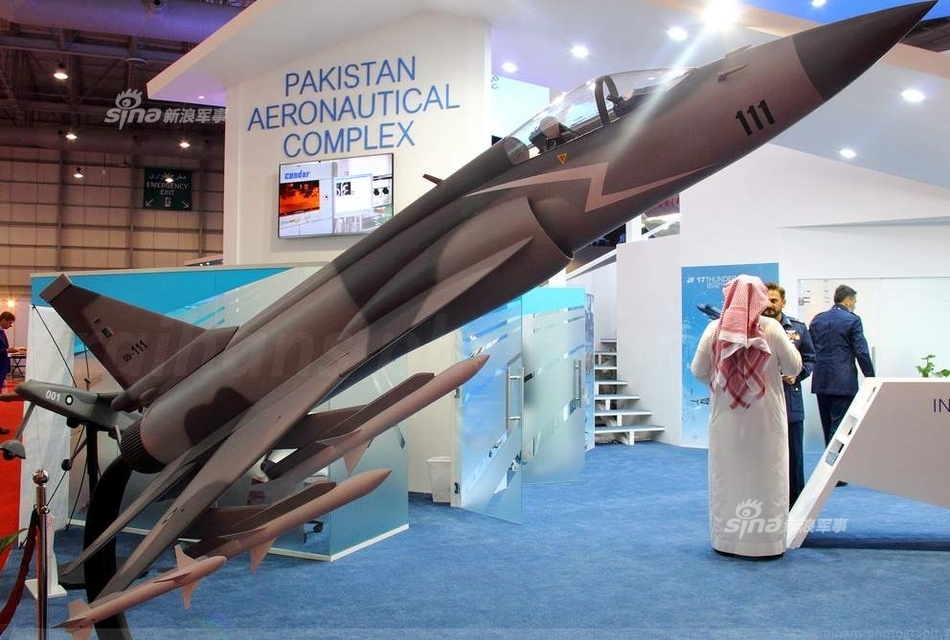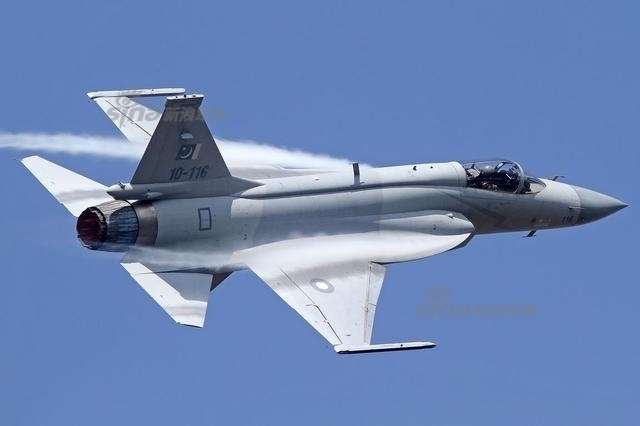Whole world can easily see USA as the loser sucker, and stop betting on it. China is the winner.
PLA Rocket Army HGV sinks ALL Carriers Globally, within 1 Hr, NO HIDING, NO INTERCEPTION, and cost to destroy US carrier only @ 1/1000 or cheaper. Carrier alone is $13B, Jets Helicopters etc $10B, weapons missiles, ammos $3B, compensations to thousands of killed men $2B, cost of PLA missile at most $50M
http://ww2live.com/en/content/world...ft-carriers-sunken-world-war-ii-12-sad-images
Details of the Fate of the 12 US Aircraft Carriers Sunken in World War II - 12 Sad Images
With the advent of heavier-than-air flight, the aircraft carrier has become a decisive weapon at sea. The effectiveness of large aircraft carriers was demonstrated early in the war, when dozens of Japanese fighters and bombers, launched from aircraft carriers, decimated the U.S Pacific fleet at Pearl Harbor, Hawaii in late 1941. In May of 1942, aircraft from Japanese and U.S carriers battled at the Coral Sea, the first naval conflict where the opposing ships did not make contact. This battle resulted in the sinking of the Lexington. The Japanese Navy also took heavy losses, most notably at the Battle of Midway in June 1942. There they lost four carriers and hundreds of airplanes—its naval power declined steadily after that. By contrast, ship production in the U.S accelerated dramatically in 1944 and 1945, when dozens of aircraft carriers (and other ships) were completed. Most came too late to make a major difference in the war, and many ships on order were cancelled at the end of the war in mid-1945.
USS LANGLEY (CV-1) - Sunk on February 22, 1942. It seems almost fitting that the first U.S. Navy carrier was the first to be sunk in World War II. LANGLEY had originally been a collier but was converted to a carrier in March of 1922. She was the test carrier from which all U.S. Navy carriers came. She was sunk 75 miles off of Tjilapjap, Java. Three waves of nine Aichi D3A1 "Val" dive bombers of the Japanese 21st and 23rd Naval Air Flotillas attacked her. She was struck by 5 bomb hits, she was badly damaged, and took a 10 degree list. She was abandoned due to her desparate situation and she had to be scuttled by her US destroyers escorts with nine 4 in (100 mm) shells and two torpedoes. She was just one of the many victims of the Battle of the Java Sea. 16 of her men went to the bottom with her.
 The U.S. seaplane tender USS Langley (AV-3) is torpedoed following fatal bomb damage from Japanese dive bombers, south of Java, 27 February 1942. The photo was taken from the destroyer USS Whipple (DD-217) [Via Wikipedia]
USS LEXINGTON (CV-2) -
The U.S. seaplane tender USS Langley (AV-3) is torpedoed following fatal bomb damage from Japanese dive bombers, south of Java, 27 February 1942. The photo was taken from the destroyer USS Whipple (DD-217) [Via Wikipedia]
USS LEXINGTON (CV-2) - Sunk May 8, 1942. She was torpedoed by Japanese B5Ns and hit by Japanese D3As during the Battle of the Coral Sea. The great aircraft carrier seemed to stay steady after being struck by two torpedoes and two bombs. The crew managed to get the fires under control and all seemed to be well. Suddenly, a series of explosions ripped through the ship when the vapers of her fuel supply ignited. The ship was abandoned in late afternoon, and the USS Destroyer Phelps was ordered to sink the ship and fired a total of five torpedoes. Immediately after the last torpedo hit, Lexington, down by the bow but nearly on an even keel finally sank. Some 216 crewmen were killed and 2,735 were evacuated. Thus ended the career of one of the most remarkable aircraft carriers in the U.S. Navy. She was nicknamed "Lady Lex".
 The U.S. Navy aircraft carrier USS Lexington (CV-2), burning and sinking after her crew abandoned ship during the Battle of Coral Sea, 8 May 1942. Note planes parked aft, where fires have not yet reached [Via Wikipedia]
USS YORKTOWN (CV-5)
The U.S. Navy aircraft carrier USS Lexington (CV-2), burning and sinking after her crew abandoned ship during the Battle of Coral Sea, 8 May 1942. Note planes parked aft, where fires have not yet reached [Via Wikipedia]
USS YORKTOWN (CV-5) - Sunk June 8, 1942. Bombed and torpedoed during the Battle of Midway. On June 4, the Yorktown was bombarded twice by Japanese "Vals" and torpedoed by Japanese "Kates" operating off of the Japanese aircraft carrier Hiryu. (the only surviving Japanese carrier of four, but it was also sunk that day) During the first attack she was struck by 5 bombs. During the second attack, however, two torpedoes found their mark, seriously damaging the carrier. The crew was evacuated by order of Captain Buckmaster but the carrier did not go down. She began to drift and a recovery team was able to board her on June 5, but she was not to be saved. They had a carefully predetermined plan of action to be carried out by men from each department—damage control, gunnery air engineering, navigation, communication, supply and medical. To assist in the work, USS Hammann was brought alongside to starboard, aft, furnishing pumps and electric power. Unknown to Yorktown and the six nearby destroyers, Japanese submarine I-168 had achieved a favorable firing position. The Yorktown was finished off on June 8 when struck by 3 of 4 torpedoes fired by the Japanese submarine. The destroyer USS Hammann, which was providing power to the crippled carrier, was struck by the 4th torpedo and was lost with virtually all hands.
 USS Yorktown (CV-5) is hit on the port side, amidships, by a Japanese Type 91 aerial torpedo during the mid-afternoon attack by planes from the carrier Hiryu, in the Battle of Midway, on 4 June, 1942. Yorktown is heeling to port and is seen at a different aspect than in other views taken by USS Pensacola (CA-24), indicating that this is the second of the two torpedo hits she received. Note very heavy anti-aircraft fire [Via Wikipedia]
USS WASP (CV-7) -
USS Yorktown (CV-5) is hit on the port side, amidships, by a Japanese Type 91 aerial torpedo during the mid-afternoon attack by planes from the carrier Hiryu, in the Battle of Midway, on 4 June, 1942. Yorktown is heeling to port and is seen at a different aspect than in other views taken by USS Pensacola (CA-24), indicating that this is the second of the two torpedo hits she received. Note very heavy anti-aircraft fire [Via Wikipedia]
USS WASP (CV-7) - Sunk September 15, 1942. Torpedoed during the Battle of Guadalcanal. A spread of six Type 95 torpedoes were fired at Wasp from the tubes of the B1 Type submarine I-19. Wasp put over her rudder hard to starboard to avoid the salvo, but it was too late.The carrier was hit by 2 torpedoes fired from the Japanese submarine. The fire spread quickly and got out of control. After little more than an hour she had to be abandoned. She continued to burn for 3 hours and was eventually sunk by U.S. destroyer Lansdowne. 193 men had died and 366 were wounded during the attack. All but one of her 26 airborne aircraft made a safe trip to carrier Hornet nearby before Wasp sank, but 45 aircraft went down with the ship. Other US destroyers kept I-19 busy avoiding 80 depth charges, but I-19 escaped safely.
 The U.S. aircraft carrier USS Wasp (CV-7) burning after receiving three torpedo hits from the Japanese submarine I-19 east of the Solomons, 15 September 1942 [Via Wikipedia]
USS HORNET (CV-8)
The U.S. aircraft carrier USS Wasp (CV-7) burning after receiving three torpedo hits from the Japanese submarine I-19 east of the Solomons, 15 September 1942 [Via Wikipedia]
USS HORNET (CV-8) - Sunk October 26, 1942. Torpedoed during the Battle of Santa Cruz in the Solomon Islands. She was struck by 2 torpedoes launched by Nakajima B5N "Kate" torpedo planes, which seriously damaged the electrical systems and engines. At almost the same moment a pilot of a crippled Aichi D3A "Val" dive bomber became one of the first Kamikaze of the war when the pilot deliberately crashed into Hornet's port side near the bow. With power knocked out to her engines, Hornet was unable to launch or land aircraft; forcing its aviators to either land on Enterprise or ditch in the ocean. Her fires were under control and repair crews were on the verge of restoring power, but there was an new attack by nine Japanese Nakajima B5N "Kate" torpedo planes from the carrier Junyo. Eight of these aircraft were either shot down or failed to score hits but the ninth planted a torpedo into Hornet's starboard side; which proved to be the fatal blow. The torpedo hit destroyed the repairs to the electrical system and caused a 14 degree list. She was damaged her beyond repair. After being informed that Japanese surface forces were approaching and that further towing efforts were futile, Vice Admiral William Halsey ordered Hornet sunk, and an order of "abandon ship" was issued. In the afternoon the crew was taken off. But the final "coup de grace" was administered later in the day by The Japanese destroyers, Makigumo and Akigumo, which finally finished off Hornet with four 24-inch (610 mm) Long Lance torpedoes. On 27 October, Hornet was finally sunk with the loss of 140 of her sailors.
 Hornet, severely listing, is abandoned by her crew at about 17:00 on October 26, 1942 [Via Wikipedia]
USS PRINCETON (CVL-23)
Hornet, severely listing, is abandoned by her crew at about 17:00 on October 26, 1942 [Via Wikipedia]
USS PRINCETON (CVL-23) - Sunk October 23, 1944. Bombed during the Battle of Leyte Gulf near the Philippines. A highly skilled, lone Japanese pilot placed a bomb squarely between 6 armed torpedo bombers being readied for takeoff on the flight deck. The Yokosuka D4Y 'Judy' dive bomber dropped a single bomb, which struck the carrier between the elevators, punching through the flight deck and hangar before exploding. Although structural damage was minor, a fire broke out as a result of the hit; it quickly spread due to burning gasoline and caused further explosions. Cruisers and destroyers came alongside to provide assistance. USS Irwin (DD-794) approached and attempted to fight the fire in the forward section of the hangar deck. The cruiser USS Birmingham (CL-62), being the largest ship (and sharing the same light cruiser hull as the Princeton) took the lead role in fire fighting. The rough seas caused the Princeton to collide with and damage the assisting ships. PRINCETON crews fought to save the ship, but by mid-afternoon, fires reached the torpedo storage areas and a second and larger explosion shook the Princeton. The Birmingham suffered extensive damage and the carrier had to be abandoned. Irwin was also damaged, but stayed close and launched boats to rescue survivors from the sea. Irwin rescued .Princeton.Three minutes later an even larger explosion occurred on Princeton, destroying the entire forward section and sending flames and debris up to 1000–2000 feet into the air.
 USS Birmingham (CL-62) comes alongside the burning USS Princeton (CVL-23) to assist with fire fighting, 24 October 1944 [Via Wikipedia]
USS LISCOMB BAY (CVE-56)
USS Birmingham (CL-62) comes alongside the burning USS Princeton (CVL-23) to assist with fire fighting, 24 October 1944 [Via Wikipedia]
USS LISCOMB BAY (CVE-56) - Sunk November 24, 1943. Torpedoed off of the Gilbert Islands during Operation Galvanic. At 5 A.M. two torpedoes launched from the Japanese submarine I-175 struck almost simultaneously. At least one struck abaft the after engine room, near the bomb stowage compartment and this meant that every bomb there exploded simultaneously. Men, planes and fragments of steel from the ship went high in the air. So high that the USS NEW MEXICO, which was traveling nearly a mile behind her, was showered with everything from plating to pieces of bodies and clothing. The whole after portion of the ship vanished. Immediately the ship was aflame from bow to stern, and one blast followed another as some bit of explosive or gasoline was found by the fires. All together 217 men were rescued. 591 enlisted men and 53 officers went down with the ship. Third Class Dorie Miller, the first black sailor to win the Navy Cross for his actions during the Pearl Harbor attack was killed aboard this ship. Of the 916 crewmen, only 272 were rescued by Morris, Hughes and Hull. The culprit, Japanese submarine I-175, escaped.
 Burial at sea aboard the Leonard Wood of twoLiscome Bay sailors, victims of the submarine attack by I-175. Foreground facing ceremony are survivors ofLiscome Bay. Ship in background is Neville carrying remainder of the survivors [Via Wikipedia]
USS BLOCK ISLAND (CVE-21)
Burial at sea aboard the Leonard Wood of twoLiscome Bay sailors, victims of the submarine attack by I-175. Foreground facing ceremony are survivors ofLiscome Bay. Ship in background is Neville carrying remainder of the survivors [Via Wikipedia]
USS BLOCK ISLAND (CVE-21) - Sunk May 29, 1944.
Torpedoed off the Canary Islands at 20:13 on 29 May 1944.
U-549 had slipped undetected through her screen. The submarine put three torpedoes into the carrier before being sunk herself by
Eugene E. Elmore and
Ahrens of the screen. The carrier lost 6 men in the attack; the remaining 951 were picked up by the escort screen.
 USS Block Island (CVE-21) shortly after leaving Norfolk, October 15, 1943, on her first anti-submarine cruise, with aircraft from Composite Squadron 1 (VC-1) on deck—9 FM-1 Wildcats (forward) and 12 TBF-1C Avengers [Via Wikipedia]
USS GAMBIER BAY (CVE-73)
USS Block Island (CVE-21) shortly after leaving Norfolk, October 15, 1943, on her first anti-submarine cruise, with aircraft from Composite Squadron 1 (VC-1) on deck—9 FM-1 Wildcats (forward) and 12 TBF-1C Avengers [Via Wikipedia]
USS GAMBIER BAY (CVE-73) - Sunk October 25, 1944. Sunk by naval gunfire off of the Philippines during the Battle of Leyte Gulf. A small band of "jeep carriers" of "Taffy 3" came up against a much larger task force of Japanese ships, the still dangerous Center Force—consisting of four battleships, six heavy cruisers, two light cruisers and 11 destroyers. Leyte was hardly a carrier battle, but the stand of the "jeep carriers" off of Samar showed how much punishment the little ships could take. Their air groups were armed for softening up beach obstacles and strongpoints, not battleships and heavy cruisers, but their pilots made dummy runs at the Japanese ships. Gambier Bay was fired on and hit by multiple Japanese ships. Gambier Bay′s lone 5 in (130 mm) gun fired at an enemy cruiser that was shelling her, and the destroyers Heermann and Johnston made an unsuccessful effort to save her. Gambier Bay on fire. Around 08:20, Gambier Bay was severely damaged by an 8 in (200 mm) shell from the Japanese Heavy Cruiser Chikuma which flooded her forward engine room, cutting her speed in half. Gambier Bay was soon dead in the water. Gambier Bay and other ships of "Taffy 3"—aided by planes of "Taffy 2"—had stopped the powerful Japanese Center Force and inflicted significant losses. Two enemy cruisers were sunk, and much damage was inflicted on the other ships. Overall, the overwhelmingly powerful Japanese surface fleet had been turned back by the escort carriers and their screen of destroyers and destroyer escorts.

Gambier Bay (CVE-73) under Japanese fire during the Battle of Samar. The smudge in the upper right corner is a Japanese heavy cruiser [Via Wikipedia]
USS ST LO (CVE-63) - Sunk October 25, 1944. Bombed during the Battle of Leyte Gulf off of Samar Island, Philippines. St. Lo was sunk the same day as the Gambier Bay. At 10:47, the task unit came under a concentrated air attack by the Shikishima Special Attack Unit. During the 40–minute engagement with enemy kamikazes, all the escort carriers except Fanshaw Bay were damaged. One Mitsubishi A6M2 Zero—perhaps flown by Lieutenant Yukio Seki—crashed into the flight deck of St. Lo at 10:51. Its bomb penetrated the flight deck and exploded on the port side of the hangar deck, where aircraft were in the process of being refueled and rearmed. A gasoline fire erupted, followed by six secondary explosions, including detonations of the ship's torpedo and bomb magazine. St. Lo was engulfed in flame and sank 30 minutes later. Of the 889 men aboard, 113 were killed or missing and approximately 30 others died of their wounds. The survivors were rescued from the water by Heermann, John C. Butler, Raymond, and Dennis. It was a terrible day for the U.S. Navy.
 The first major explosion following the impact of the Kamikaze aircraft has created a fireball that has risen to about 300 feet above the flight deck. The largest object above that fireball is the aft aircraft elevator, which was hurled to a height of about 1,000 feet by this first explosion. In this photo it is about 800 feet high [Via Wikipedia]
USS OMMANEY BAY (CVE-79)
The first major explosion following the impact of the Kamikaze aircraft has created a fireball that has risen to about 300 feet above the flight deck. The largest object above that fireball is the aft aircraft elevator, which was hurled to a height of about 1,000 feet by this first explosion. In this photo it is about 800 feet high [Via Wikipedia]
USS OMMANEY BAY (CVE-79) - Sunk January 4, 1945. Sunk by a Kamikaze off of Mindoro, Philippines. A twin-engine Japanese suicide plane penetrated the screen undetected and made for Ommaney Bay. The plane nicked her island then crashed into her starboard side. Two bombs were released; one of them penetrated the flight deck and detonated below, setting off a series of explosions among the fully gassed planes on the forward third of the hangar deck. The second bomb passed through the hangar deck, ruptured the fire main on the second deck, and exploded near the starboard side. Men struggling with the terrific blazes on the hangar deck soon had to abandon it because of the heavy black smoke from the burning planes and exploding .50 caliber ammunition. By 17:50 the entire topside area had become untenable, and the stored torpedo warheads threatened to go off at any time. The order to abandon ship was given. At 19:45 the carrier was sunk by a torpedo from the destroyer Burns. A total of 95 Navy men were lost, including two killed on an assisting destroyer when torpedo warheads on the carrier's hangar deck finally went off.
 USS Ommaney Bay (CVE-79) (right) under attack [Via Wikipedia]
USS BISMARK SEA (CVE-95)
USS Ommaney Bay (CVE-79) (right) under attack [Via Wikipedia]
USS BISMARK SEA (CVE-95) - Sunk February 21, 1945. On 16 February, she arrived off Iwo Jima to support the invasion. Struck by two Kamikazes off of Iwo Jima. The planes set off uncontrollable fires and exploding ammunition. Two Japanese kamikazes hit the Bismarck Sea, first on the starboard side under the first 40 mm gun (aft), crashing through the hangar deck and striking the ship's magazines. The fire was nearly under control when the second plane struck the aft elevator shaft, exploding on impact and destroying the fire fighting salt water distribution system, thus preventing any further damage control. Due to the great explosions the ship was abandoned and sank beneath the waves in 90 minutes. The USS Bismarck Sea sank with the loss of 318 men, and was the last US Navy aircraft carrier to be lost during World War II. Three destroyers and three destroyer escorts rescued survivors over the next 12 hours, between them saving a total of 605 officers and men from her crew of 923. Survivors were then transferred to Dickens and Highlands.
 Large explosion on board USS Bismarck Sea (CVE-95) during the night of February 21, 1945. She was struck by two Kamikazes within two minutes of each other, while she was taking part in the Iwo Jima operation. She sank as a result of her damage. Photographed from USS Saginaw Bay (CVE-82) [Via Wikipedia]
Source:
Large explosion on board USS Bismarck Sea (CVE-95) during the night of February 21, 1945. She was struck by two Kamikazes within two minutes of each other, while she was taking part in the Iwo Jima operation. She sank as a result of her damage. Photographed from USS Saginaw Bay (CVE-82) [Via Wikipedia]
Source:
Wikipedia | ffhiker.tripod.com | ethw.org |
www.navsource.org

Tags:
Categories:
WW2 Timeline:
Nation in war:
Language:
1
Your rating: None (1 vote)











